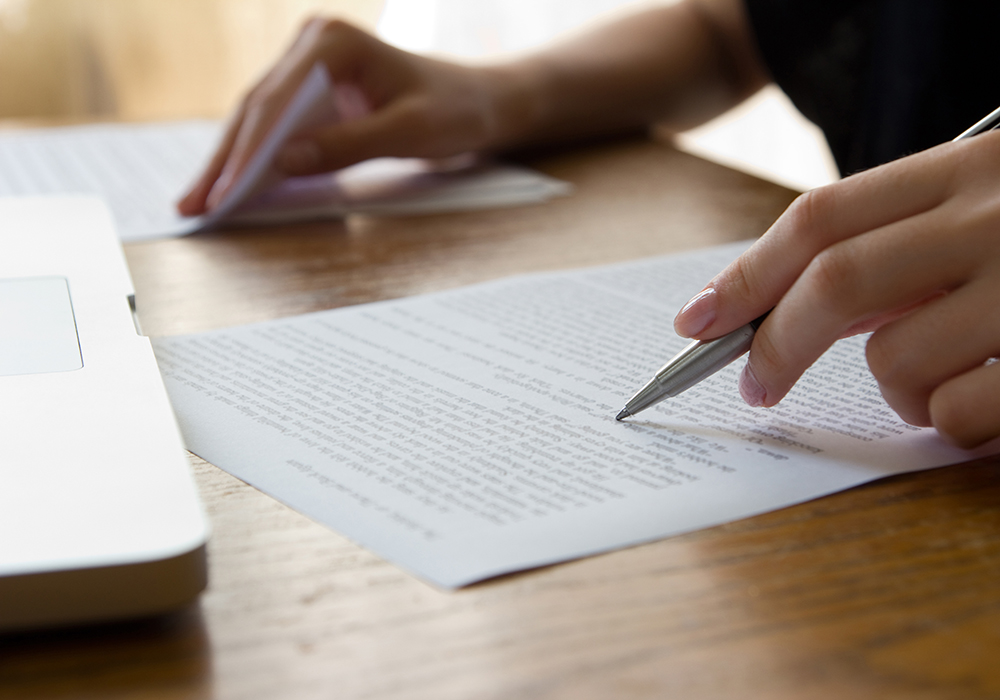The regular columnist in this space, Bruce Dyck, recently wrote about the value of a good proofreader.
He’s right. But mistakes do happen, and I’ve made some doozies over the years.
The thing about a journalist’s mistakes, especially in the digital world, is that everyone can see them. In the “old” days, a reader sent a letter to the editor or called the writer. The issue was discussed and handled.
Read Also

Using artificial intelligence in agriculture starts with the right data
Good data is critical as the agriculture sector increasingly adopts new AI technology to drive efficiency, sustainability and trust across all levels of the value chain.
Today, the reaction is more likely to be an angry email or post on social media. They are often filled with expletives and a commentary on the intellectual capacity of the writer.
As if we didn’t feel bad enough!
Reporters don’t like to make mistakes, and when it happens our emotions generally run from embarrassment to anger.
Newspapers like ours have always tried to publish corrections as soon as possible, in accordance with our editorial code of ethics. It’s about building public trust and transparency.
During Media Literacy Week in October, the Canadian Journalism Foundation hosted a webinar about this and other topics featuring public editors from larger media organizations.
These editors deal solely with audience feedback. They take complaints, concerns and compliments to the newsroom.
One said talking to reporters about a complaint is a way to fix the problem, not lay blame for the error. This demonstrates the commitment to quality reporting and accountability.
Sometimes a perceived mistake isn’t a mistake at all and a conversation can lead to better understanding on both sides, they said.
Sometimes the headline doesn’t match the story underneath or a person has been misidentified in a photograph. In larger outlets, that’s often a function of too many cooks in the kitchen. As in, the reporter didn’t write the headline or the cutline under the photo.
One of the participants noted the tendency of some politicians to suggest that corrections are admissions of failure by the media outlet and a reason why that newspaper, radio or television station can’t be trusted.
I’d argue the opposite.
Public trust in media has been declining in recent years, stoked largely by unchecked online commentary. Credible news organizations recognize mistakes and address them as quickly as possible.
So if you, as a reader, notice a mistake, consider that reporters are human too, and they are willing to listen.
















